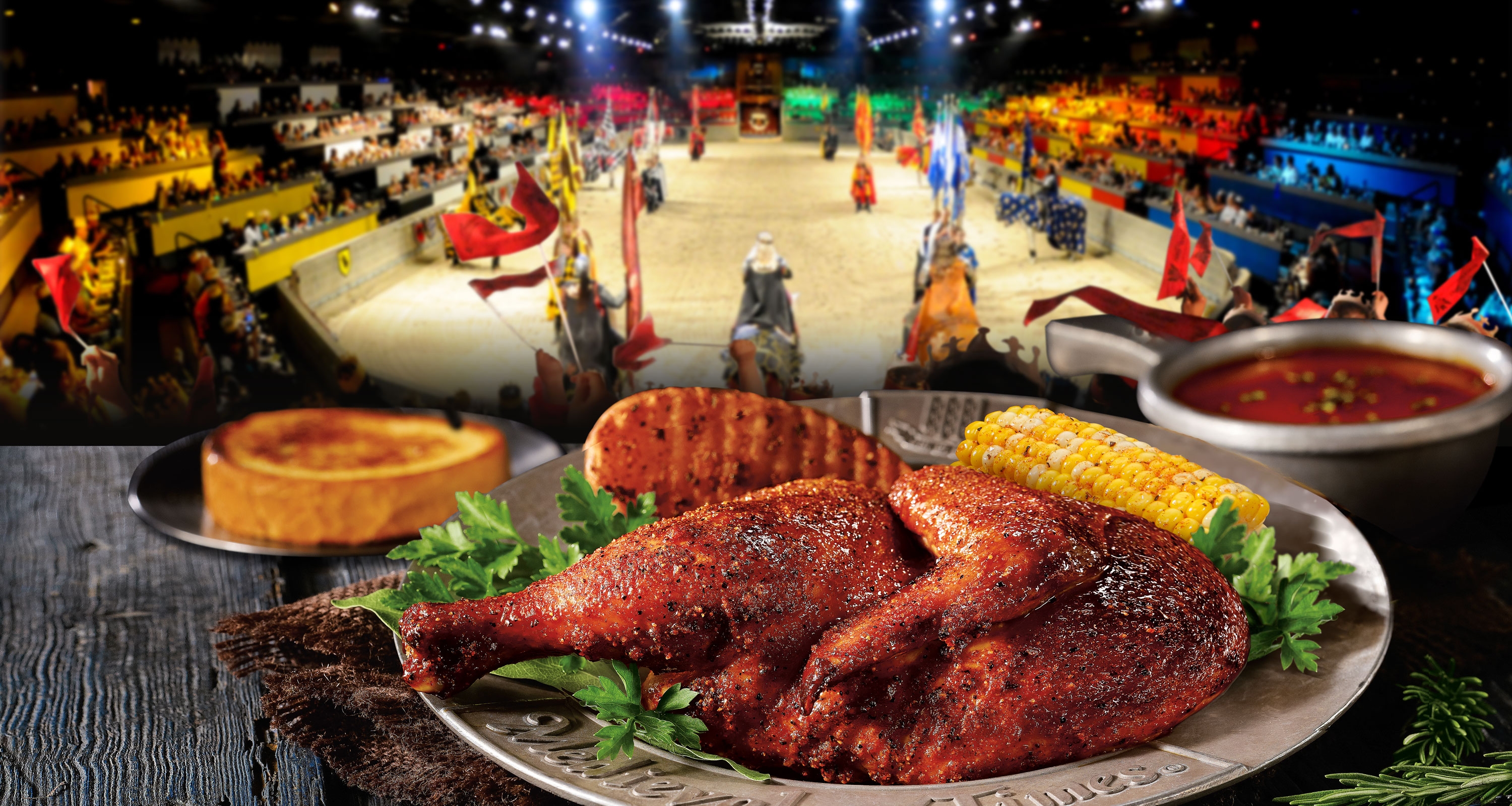
Only (olive) oil and wine had a comparable value, but both remained quite exclusive outside the warmer grape- and olive-growing regions. The centrality of bread in religious rituals such as the Eucharist meant that it enjoyed an especially high prestige among foodstuffs. In colder climates, however, it was usually unaffordable for the majority population, and was associated with the higher classes. Dependence on wheat remained significant throughout the medieval era, and spread northward with the rise of Christianity. From the 8th to the 11th centuries, the proportion of various cereals in the diet rose from about a third to three quarters. Porridge, gruel and later, bread, became the basic food staple that made up the majority of calorie intake for most of the population. The cuisines of the cultures of the Mediterranean Basin since antiquity had been based on cereals, particularly various types of wheat. Almonds were very popular as a thickener in soups, stews, and sauces, particularly as almond milk. These, along with the widespread use of sugar or honey, gave many dishes a sweet-sour flavor.

Common seasonings in the highly spiced sweet-sour repertory typical of upper-class medieval food included verjuice, wine and vinegar in combination with spices such as black pepper, saffron and ginger.
#Medieval times food manual#
Social norms also dictated that the food of the working class be less refined, since it was believed there was a natural resemblance between one's labour and one's food manual labour required coarser, cheaper food.Ī type of refined cooking developed in the late Middle Ages that set the standard among the nobility all over Europe. Aside from economic unavailability of luxuries such as spices, decrees outlawed consumption of certain foods among certain social classes and sumptuary laws limited conspicuous consumption among the nouveaux riches. As each level of society imitated the one above it, innovations from international trade and foreign wars from the 12th century onward gradually disseminated through the upper middle class of medieval cities.

Because of this, the nobility's food was more prone to foreign influence than the cuisine of the poor it was dependent on exotic spices and expensive imports. Slow transportation and food preservation techniques (based on drying, salting, smoking and pickling) made long-distance trade of many foods very expensive. Cod and herring were mainstays among the northern populations dried, smoked or salted, they made their way far inland, but a wide variety of other saltwater and freshwater fish was also eaten. The most prevalent butcher's meats were pork, chicken and other domestic fowl beef, which required greater investment in land, was less common. Game, a form of meat acquired from hunting, was common only on the nobility's tables. Meat was more expensive and therefore more prestigious.


( Phaseolus beans, today the " common bean", were of New World origin and were introduced after the Columbian exchange in the 16th century.) Fava beans and vegetables were important supplements to the cereal-based diet of the lower orders. These were consumed as bread, porridge, gruel and pasta by all of society's members. Barley, oats and rye were eaten by the poor. During this period, diets and cooking changed less than they did in the early modern period that followed, when those changes helped lay the foundations for modern European cuisine.Ĭereals remained the most important staple during the early Middle Ages as rice was introduced late, and the potato was only introduced in 1536, with a much later date for widespread consumption. Medieval cuisine includes foods, eating habits, and cooking methods of various European cultures during the Middle Ages, which lasted from the fifth to the fifteenth century. Peasants sharing a simple meal of bread and drink Livre du roi Modus et de la reine Ratio, 14th century ( Bibliothèque nationale)


 0 kommentar(er)
0 kommentar(er)
